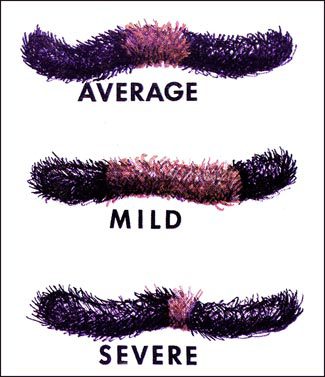
From generation to generation, Ohio children are taught the myth of the woolly worm. Each fall, woolly worms, the caterpillar form of the Isabella Tiger Moth, make their appearance, and like Punxsutawney Phil who predicts how long winter will last, the banded woolly worm predicts how severe the coming winter will be. The blacker the woolly worm the worse winter will be, or so says the great woolly worm myth.
Like the mythical Jesus of the Bible, the woolly worm and its magical weather predicting power lives on as parents tell its story. Few will bother to investigate this claim, choosing to believe that the mostly black woolly worm they saw is a sure sign that snow will blanket Ohio for most of the winter.
Earlier, we piled into our car and headed to Tinora High School to watch our 7-year-old grandson’s flag football game. We traveled southeast on Ohio Hwy 15 for a few miles and then turned north on Evansport Road. A mile or so up the road:
Polly: Oh no, a black woolly worm. You know that means we are going to have a bad winter.
Polly, showing her dislike of winter: Maybe I should run over him.
Bruce: He’ll got to hell if you run over him.
Polly: How do you know he’ll go to hell?
Bruce: He didn’t persevere to the end.
Polly laughs, and Bruce says: He’s not one of the elect woolly worms.
Polly and Bruce have a hearty laugh, giving God nary a thought.
